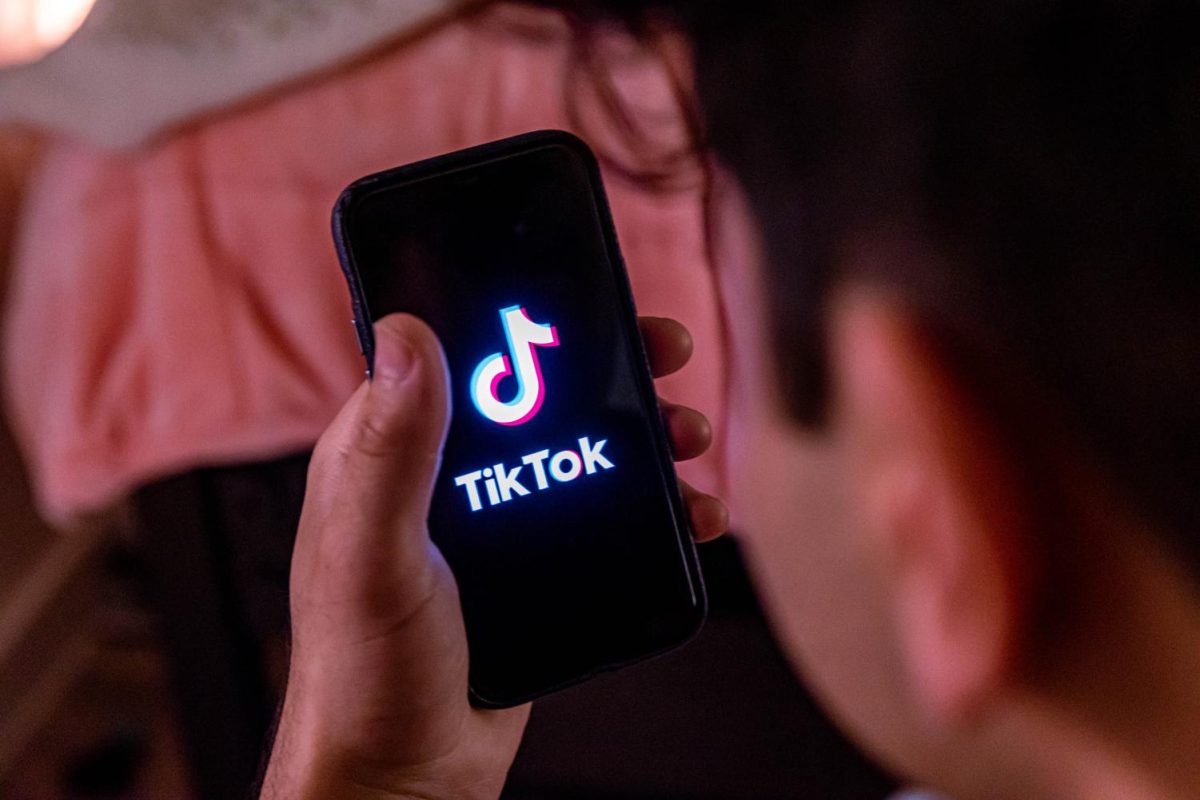With the help of colleagues, one UT professor is attempting to alleviate waiting room times when patients do not show up for their appointments.
Kumar Muthuraman, associate information, risk and operations management professor, along with two professors from Purdue University produced an algorithm that computes variables such as the probability a patient may not show up to an appointment based on past history, as well as weather conditions and day of the week, according to Muthuraman. Those variables will allow schedulers to suggest to patients the best available appointment times.
“The algorithm minimizes the chances of extremely large waiting times, nobody waiting in the waiting room and it minimizes the chances of physician’s status of the feeling,” Muthuraman said. “So it tries to be intelligent about the utilization with all the knowledge to rescue the total amount of time people wait and the total amount of time that physicians have no patients in the waiting room.”
Muthuraman said this specific algorithm typically applies to clinics with one physician. He said with the Dell Medical School being built, his team is working on scheduling mechanisms that would work in complex networks such as larger clinics and even hospitals.
Assistant nursing professor Terry Jones said scheduling is challenging because schedulers must predict how long certain visits will take and schedule visits at times convenient for the patients. Jones said most clinics have some idea of what their no-show rate is, and when clinics overbook their schedules, it is in response to no-show rates.
“If I know that I have 100 spots open in my practice or clinic, and I know that on average 20 percent of the patients don’t show up, then I’m probably going to overbook by 20 percent counting on the fact that some people are not going to show up or cancelation, and that my schedule is still going to be OK,” Jones said. “If, on the other hand, nobody canceled that day, then you really are overbooked, and so patient dwell times then are going to get larger because we are backed up.”
Mark Lawley, biomedical engineering professor at Purdue University, said his main role was to work in the field to understand and clearly define the problems health care workers expressed with scheduling.
“We wanted to develop methods to create optimal outpatient schedules that balance patient access and patient satisfaction with clinic revenue and clinic costs such as overtime and patient waiting,” Lawley said. “Our models do a very good job of balancing these things and increasing the number of patients you can see.”
Jones said she believes more health care-efficient innovations will continue in the future, but one aspect will remain the same.
“At the end of the day, we deal with humans, and you can never, with 100 percent [accuracy], predict what some people are going to do,” Jones said.



















